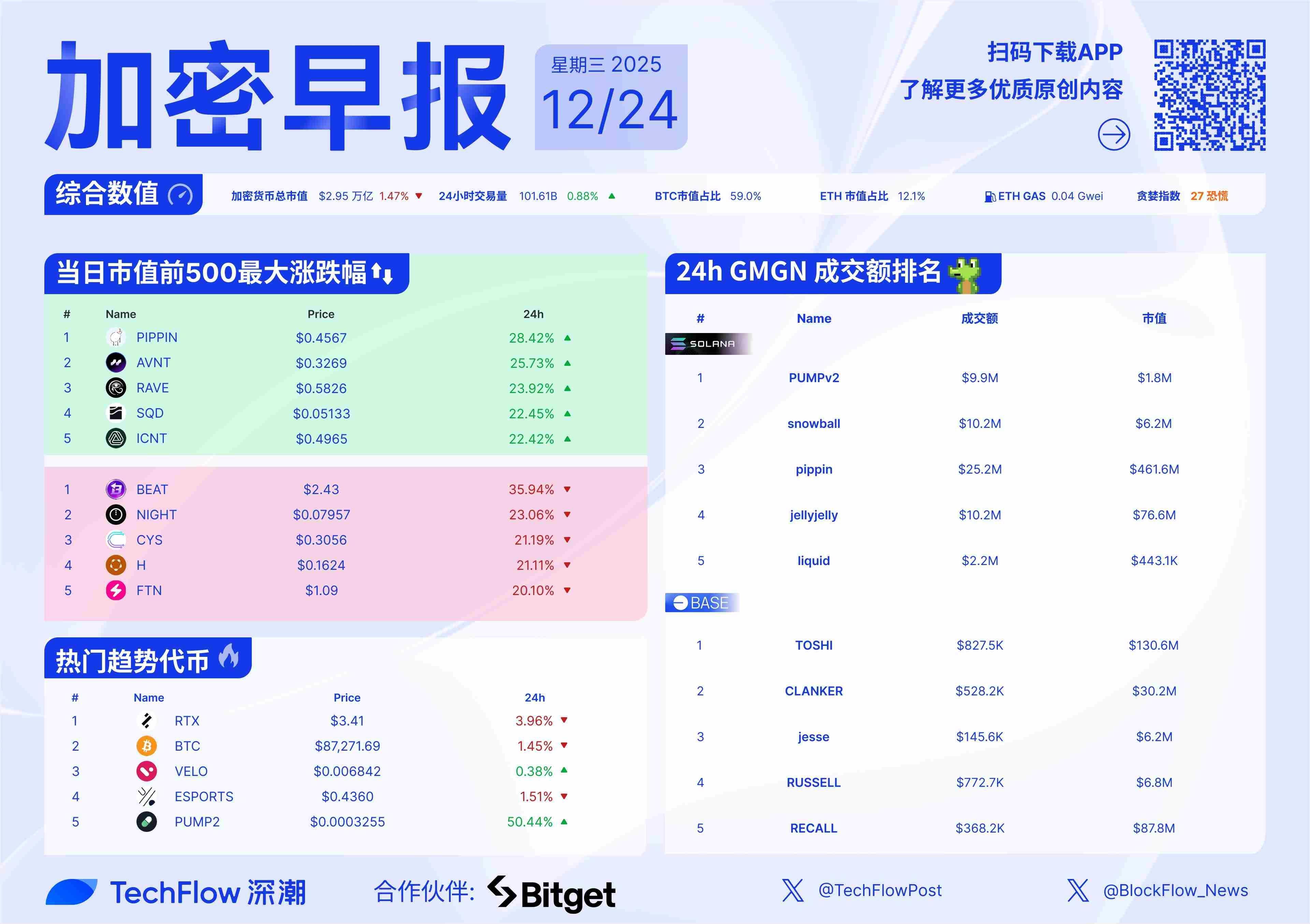The Strategic Inflection Point: How Ethereum and Arbitrum Are Reshaping Institutional Crypto Infrastructure
- Ethereum's $566B market cap and 60% stablecoin dominance solidify its role as institutional blockchain infrastructure. - Arbitrum's 2025 upgrades (12x faster transactions, 50+ Orbit chains) enable scalable multi-chain solutions for institutional use. - Cold Wallet's $6.3M presale addresses institutional demand for secure, multi-chain custody amid Ethereum/Arbitrum growth. - Infrastructure investments align with $9.4B Ethereum ETF inflows and PayPal/Euler Labs' Arbitrum expansions, signaling $10T crypto f
The crypto landscape in 2025 is at a pivotal crossroads. Ethereum's $566 billion market cap—a 59% surge from a year ago—has cemented its role as the backbone of institutional-grade blockchain infrastructure. Meanwhile, Arbitrum's aggressive expansion as a Layer-2 solution has unlocked new frontiers in scalability, security, and cross-chain interoperability. Together, these developments create a fertile ground for innovations like Cold Wallet, which could redefine how institutions approach crypto custody and infrastructure investment.
Ethereum's Institutional Momentum: A Foundation for Growth
Ethereum's dominance is no accident. With a 60% share of daily on-chain stablecoin activity and a 43.83% year-over-year rise in transaction volume, the network has become the de facto standard for DeFi, institutional finance, and real-world asset (RWA) tokenization. The recent $21.28 million ETH purchase by BitMine Immersion Technologies and the $9.4 billion inflow into Ethereum ETFs by July 2025 underscore institutional confidence.
This momentum is critical. Institutions demand infrastructure that aligns with regulatory clarity and operational efficiency. Ethereum's upgrades, including the Pectra-compatible ArbOS 40 and EIP-7702 account abstraction, are addressing scalability and user experience gaps. As Ethereum's TVL (total value locked) continues to rise, so does the need for secure, institutional-grade custody solutions—a gap Cold Wallet is poised to fill.
Arbitrum's Expansion: Scaling the Infrastructure for the Future
Arbitrum's 2025 roadmap has been nothing short of transformative. The Wyoming FRNT stablecoin deployment, Circle's Gateway integration, and the Ronin migration to Arbitrum Orbit highlight its role as a bridge between traditional finance and blockchain. By enabling 12x faster transactions and reducing liquidity fragmentation, Arbitrum is becoming the go-to Layer-2 for high-throughput applications.
The platform's technical upgrades—such as the $14 million audit subsidy program and the 2.1x surge in code commits—further solidify its position. With over 50 Orbit chains and plans to integrate 100+ chains by 2025, Arbitrum is not just scaling Ethereum; it's redefining the infrastructure for a multi-chain future. This ecosystem growth directly supports Cold Wallet by creating a demand for secure, scalable custody solutions tailored to institutional needs.
Cold Wallet: A Catalyst for Institutional Adoption
Cold Wallet's initiative is more than a fundraising event—it's a strategic response to the growing institutional appetite for secure infrastructure. As Ethereum and Arbitrum scale, institutions are grappling with the risks of hot wallets and the complexity of multi-chain custody. Cold Wallet's focus on hardware-based, multi-signature storage aligns perfectly with the need for tamper-proof, institutional-grade security.
Strong early traction shows market interest. By leveraging Arbitrum's low-cost, high-throughput infrastructure, Cold Wallet can offer solutions that are both secure and cost-effective. This is particularly relevant as projects like PayPal's PYUSD and Euler Labs' AI-driven credit products expand onto Arbitrum, creating a demand for custodial services that match the chain's institutional-grade capabilities.
The Investment Case: Infrastructure as the New Frontier
The convergence of Ethereum's $566B market cap and Arbitrum's Layer-2 dominance creates a unique inflection point. Investors who recognize this shift can position themselves at the intersection of scalability and security. Cold Wallet represents a high-conviction opportunity to capitalize on this trend, particularly as institutional adoption accelerates.
Key metrics to watch include:
- Ethereum's TVL and stablecoin dominance: A proxy for institutional adoption.
- Arbitrum's TVL and developer activity: Indicators of ecosystem health.
- Cold Wallet's initiative velocity: A barometer for institutional demand.
Conclusion: Building for the Next Era of Crypto
The crypto market is no longer about speculative tokens—it's about infrastructure. Ethereum and Arbitrum have laid the groundwork for a scalable, secure, and institutional-ready ecosystem. Cold Wallet is a testament to this evolution, offering a solution that addresses the pain points of today's institutional players. For investors, this is a rare opportunity to back a project that's not just riding the wave but helping to shape it.
As the lines between traditional finance and blockchain blur, the winners will be those who build the infrastructure to support this new reality. Cold Wallet, Ethereum, and Arbitrum are not just names—they're the pillars of a $10 trillion future.
Disclaimer: The content of this article solely reflects the author's opinion and does not represent the platform in any capacity. This article is not intended to serve as a reference for making investment decisions.
You may also like

2025, ETH: Rebirth from the Brink
ZNS Connect Brings Human-Readable .shm Domains to Shardeum’s Autoscaling Blockchain